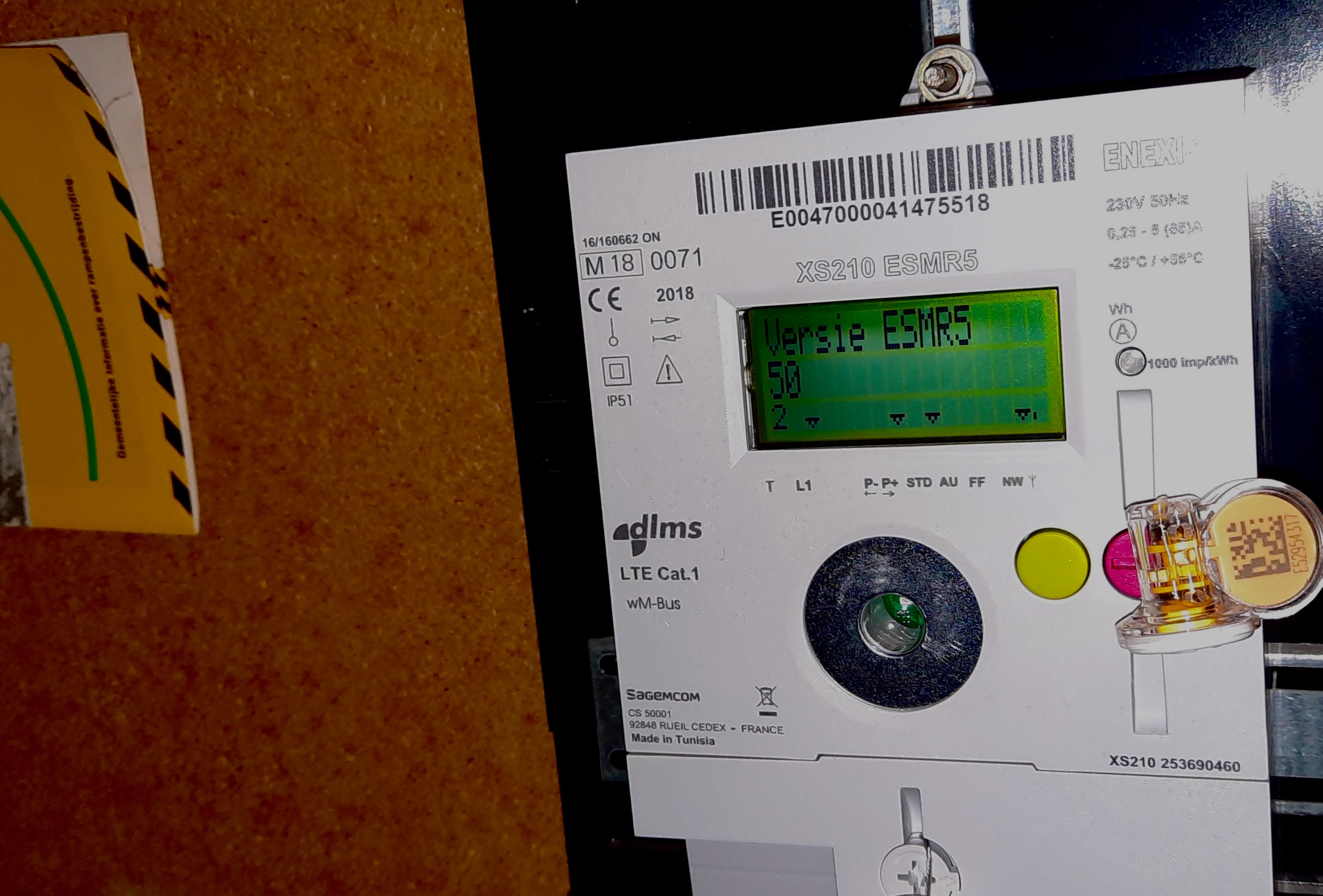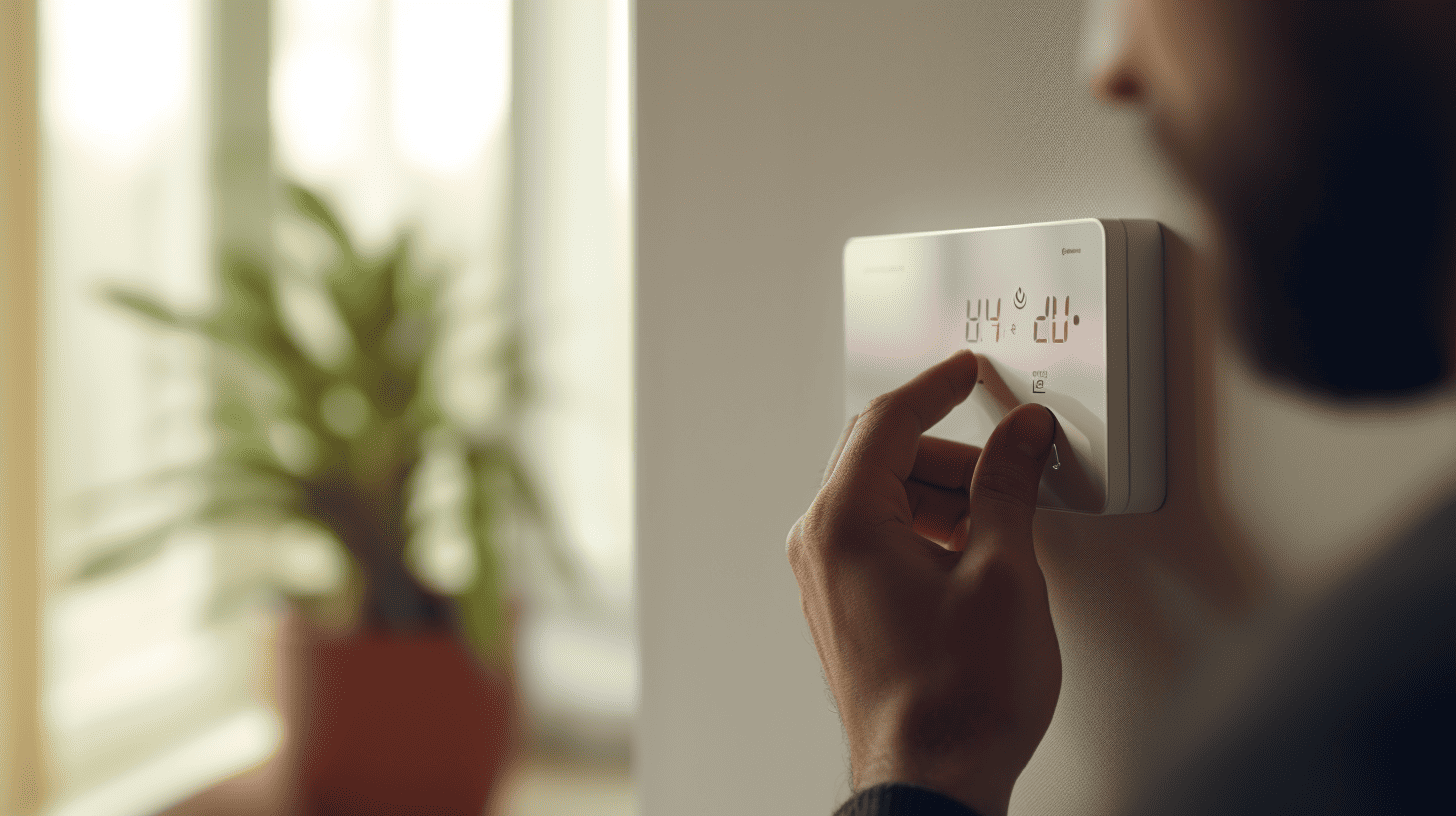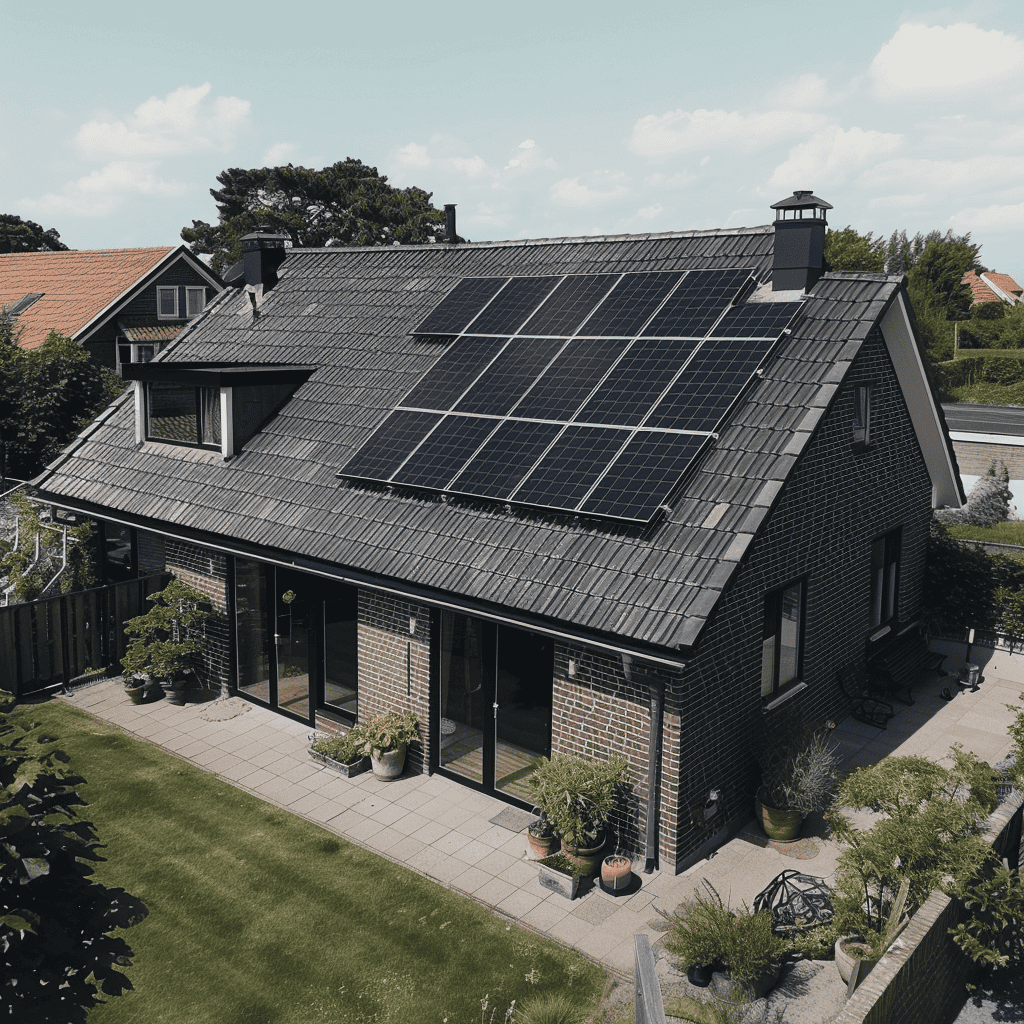
The Netherlands leads Europe when it comes to the number of citizens who own, for example, a smart electricity meter, thermostat or lighting. In 2020, 69 % of residents aged 16 to 75 years owned these kinds of smart devices. The EU average was 8 %. The fact that the Netherlands is so far ahead in the EU is due to the presence of smart water, gas or electricity meters in a lot of Dutch households, according to Statistics Netherlands (CBS) in a press release.
Almost three quarters of Dutch people aged 12 or older now own one or more smart devices that are connected to the internet and exchange data between themselves. Smart meters for water, gas or electricity are particularly popular. This is what Statistics Netherlands (CBS) reported based on the study entitled ‘ICT use of households and individuals 2020’, which was conducted from April to July 2020 among 6.5 thousand people aged 12 years or older.
Virtual assistants
Refrigerators, ovens, speakers, lighting and many other appliances can be connected to the Internet. These devices send and receive online information. Collectively, this is also referred to as the “Internet of Things” (IoT) or the “Internet of Everything.” Nearly three-quarters (72%) of the Dutch population aged 12 or older said they had one of these smart devices or systems in their homes in 2020. In particular, 59 % had a smart water, gas or electricity meter at home that can be read remotely. Over a quarter used a smart thermostat and 2 in 10 regularly use a virtual assistant (such as Siri, Google Home, Amazon Alexa, Bixby) that can be controlled via an app or smart speaker.

In this respect, the Netherlands is also leading the way in the EU. In 2020, 20 % were using a virtual assistant, whereas the EU average was 11%. Smart smoke detectors, security cameras or other smart security systems, and household appliances, such as a robot vacuum cleaner, refrigerator or coffee machine are not used as much among Dutch people; our country ranked sixth and seventh for these two types of applications in 2020. Respectively, 14% and 11 % said they used these kinds of systems at home. While 6 % had home appliances, such as a robot vacuum cleaner, refrigerator or coffee maker, connected to the Internet in their homes.
No desire or need
Some see the Internet of Things a step forward technically speaking; others express reservations. Of those who indicated they do not use smart devices or systems at home, 77 % mentioned not having a need or desire for them as a reason. High prices or concerns about privacy or security were each cited by a quarter as (one of) the reasons.
Not mentioned as often were unfamiliarity with such devices and systems, unfamiliarity with their use, concern about their own personal safety and health, and that other devices in the home could not be connected to them.
Smartwatch and motion tracker
In addition to smart devices and systems for the home, nearly 20% used smart accessories, such as a smartwatch or a motion tracker. Another 10 % had a car with built-in internet connectivity. In 2020, 6 % used smart devices for their health, such as scales or a blood pressure monitor, while 3 % had toys connected to the Internet, such as robots or dolls.
Also interesting: Everybody can create an IoT application with OpenRemote
Selected for you!
Innovation Origins is the European platform for innovation news. In addition to the many reports from our own editors in 15 European countries, we select the most important press releases from reliable sources. This way you can stay up to date on what is happening in the world of innovation. Are you or do you know an organization that should not be missing from our list of selected sources? Then report to our editorial team.







